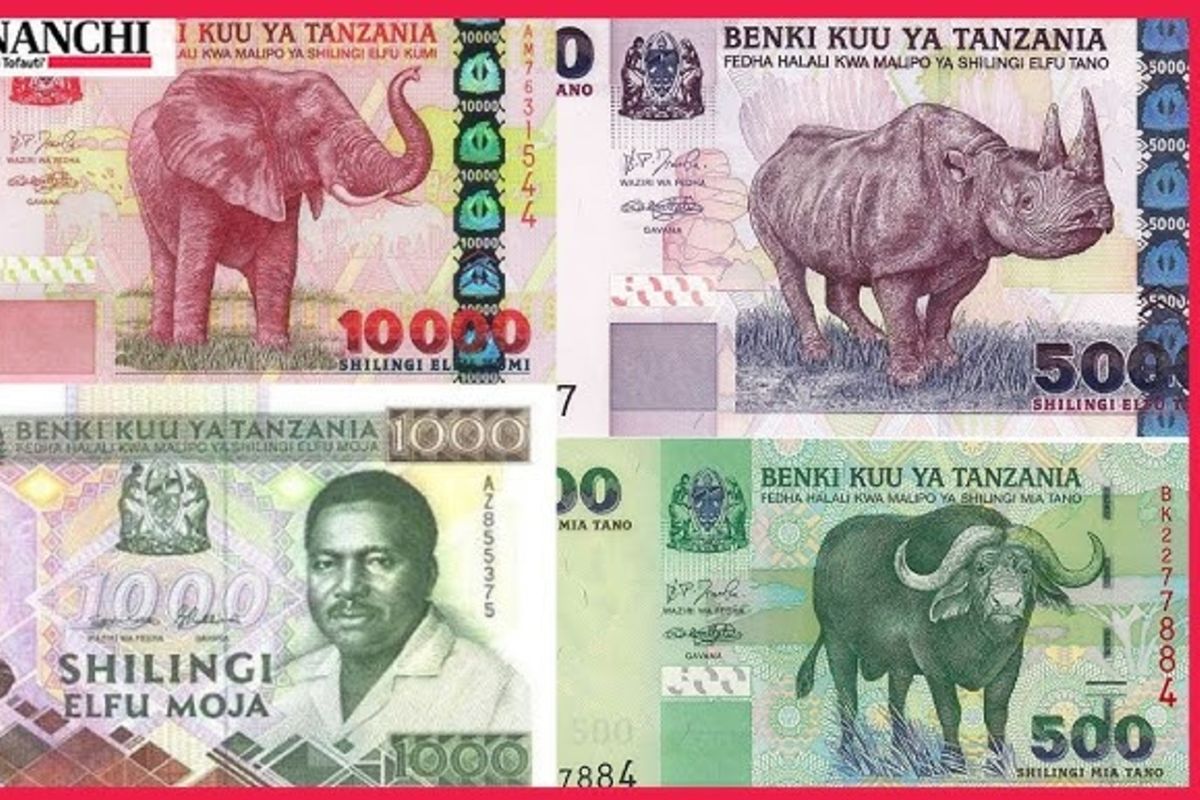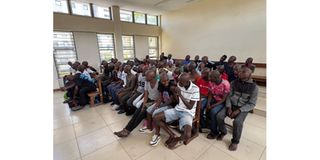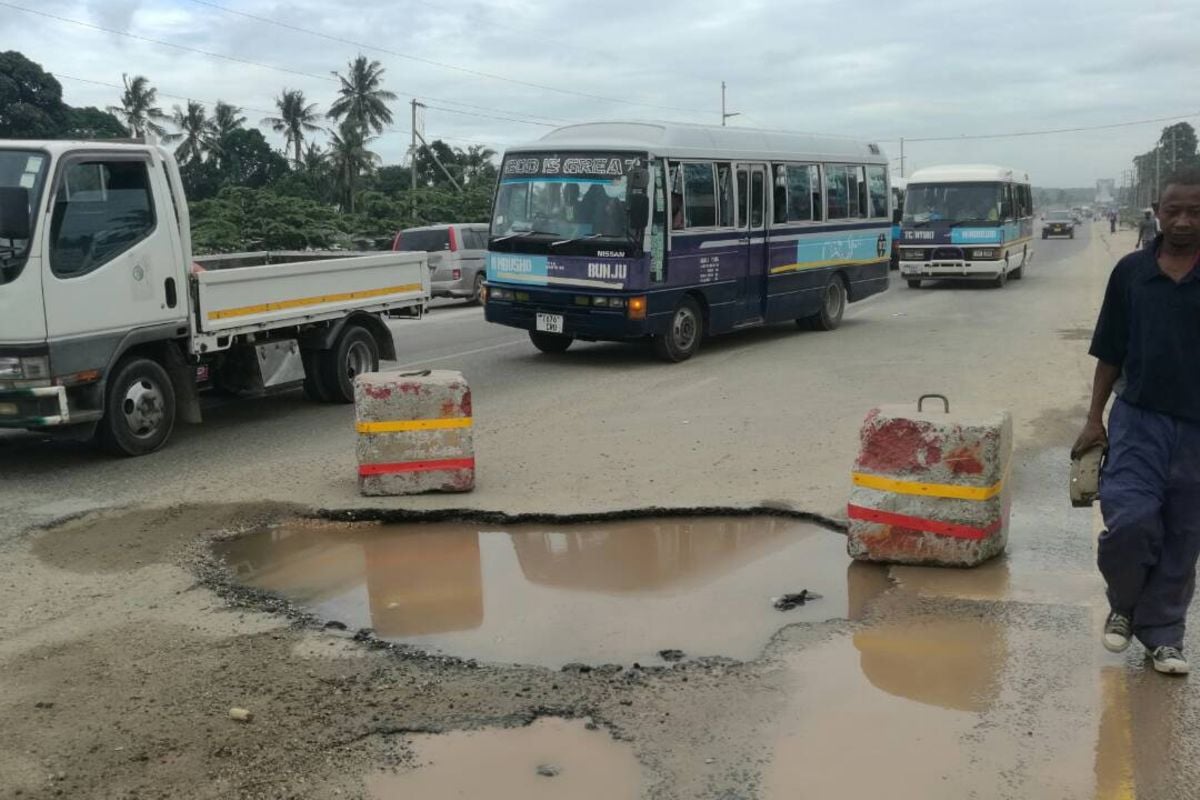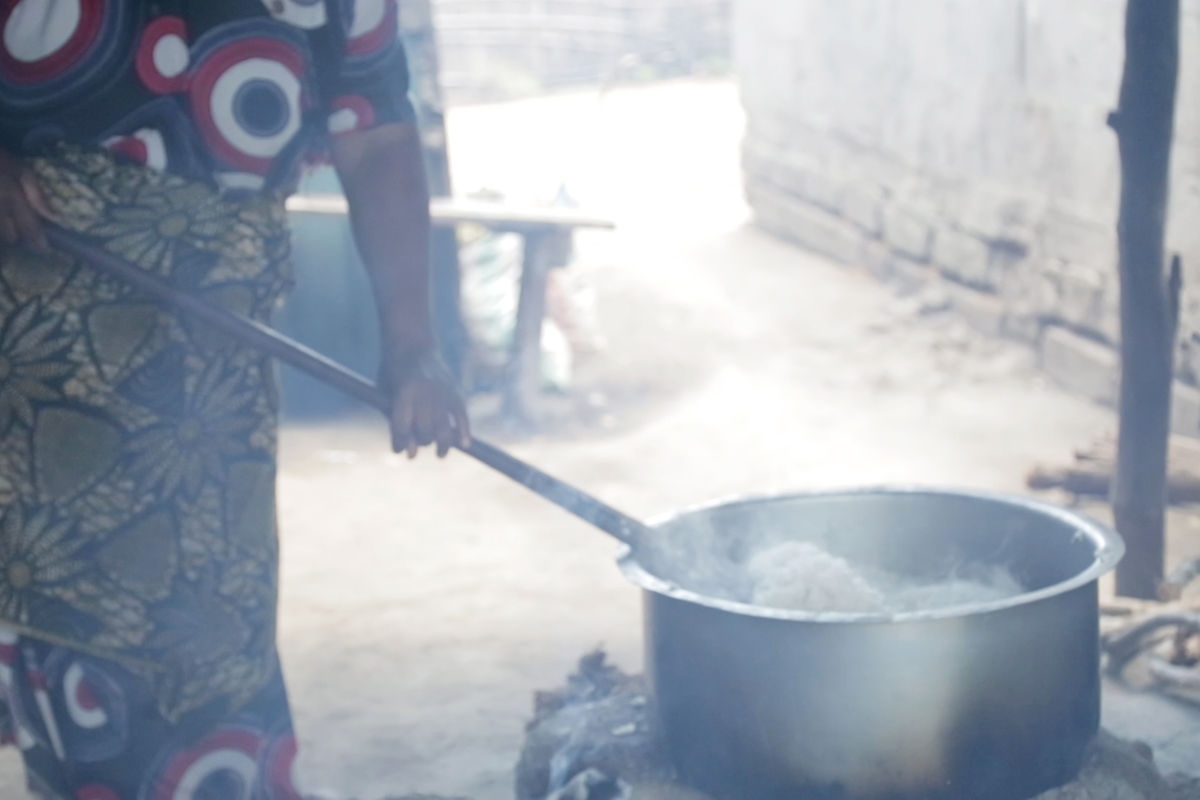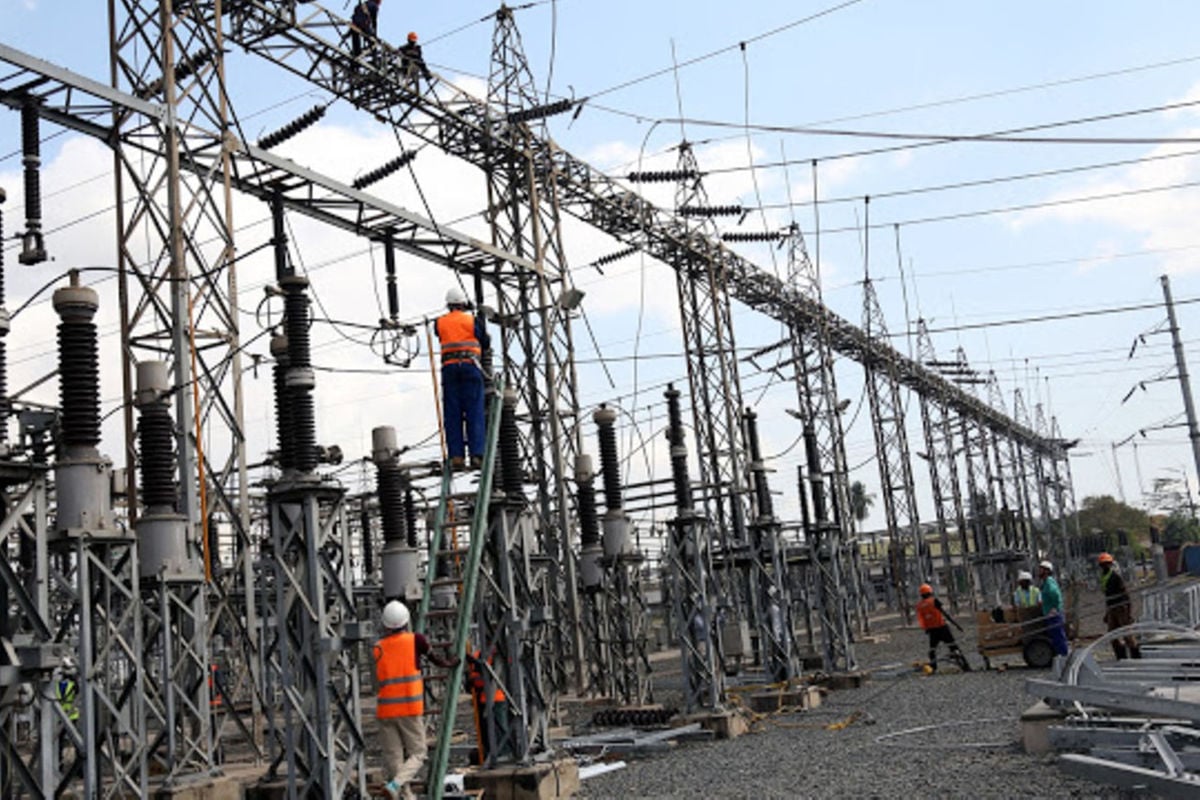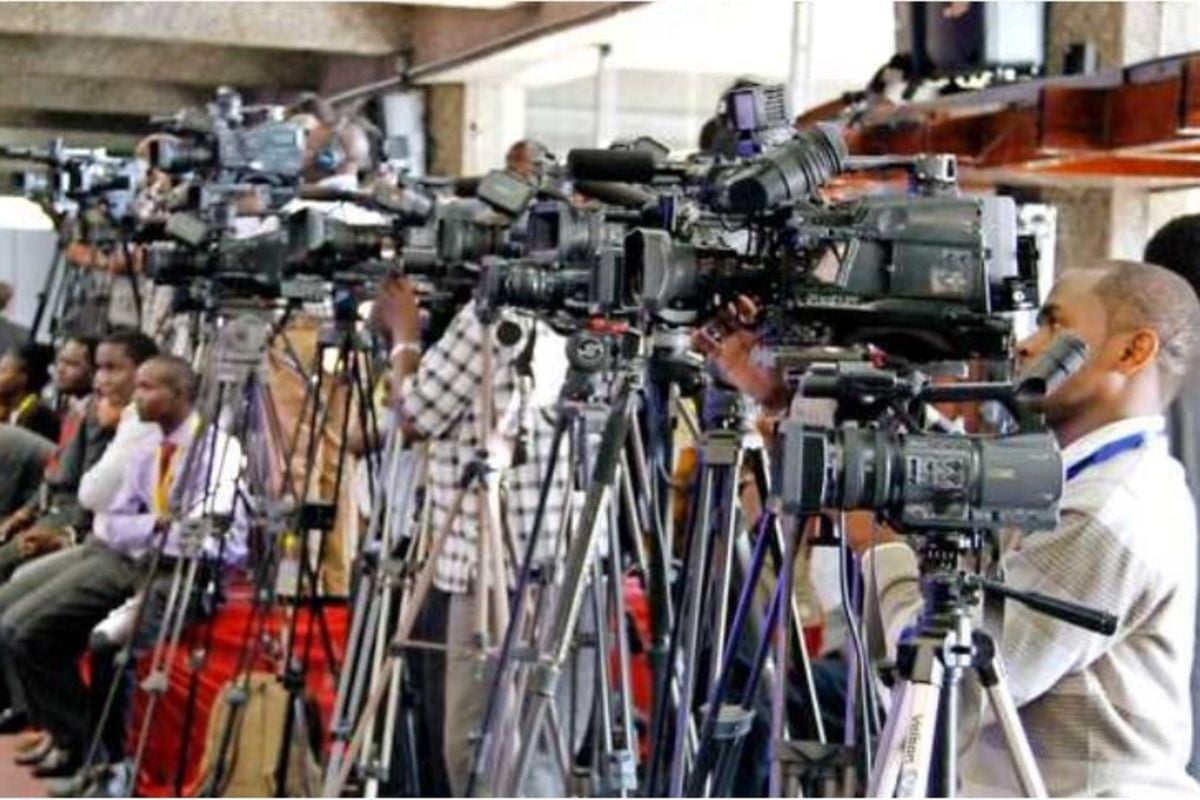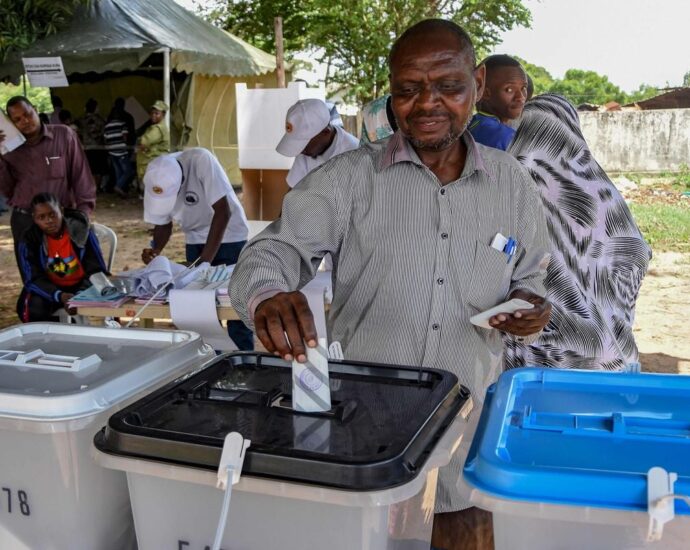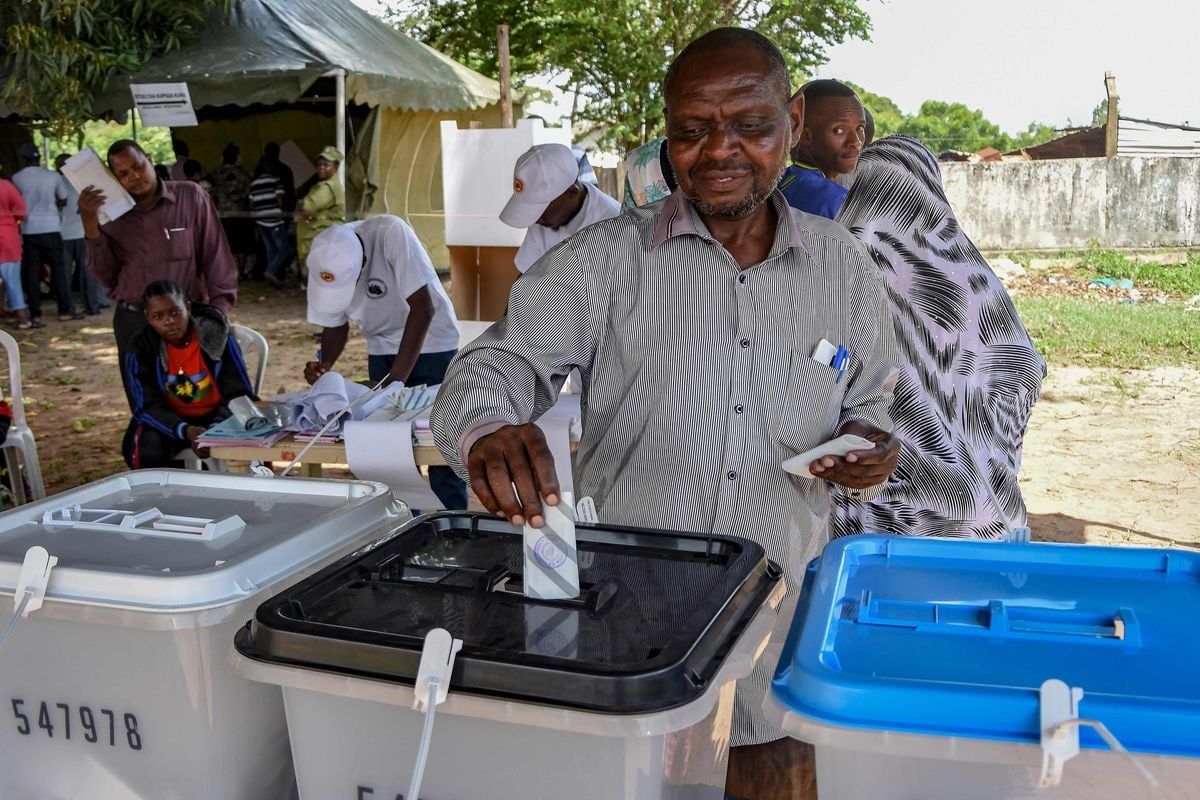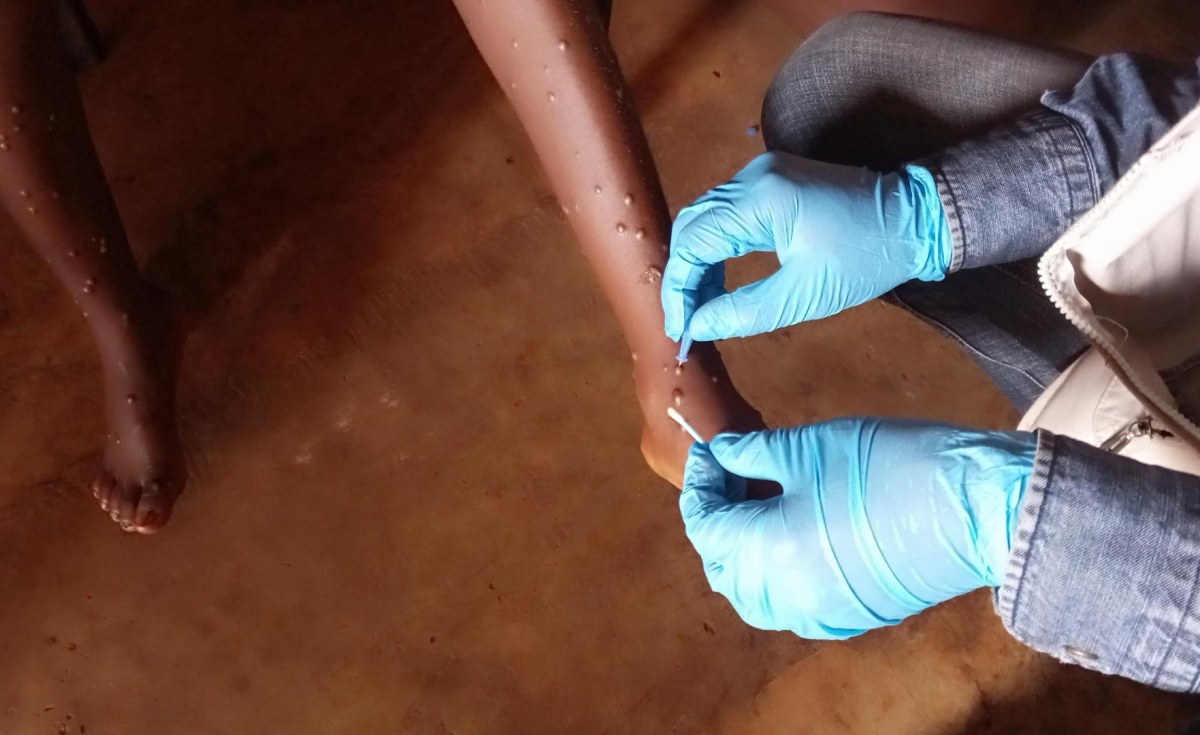Sababu za kubadili sarafu katika mzunguko wa fedha
Katika mfumo wa uchumi wa sarafu kidunia (fiat money system), fedha zilizo katika mzunguko zinaweza kupitia mabadiliko kadhaa kutokana na mwenendo wa kiuchumi, matumizi ya kila siku, na jinsi zinavyohifadhiwa na watumiaji. Hivyo, kutokana na mambo haya, uimara, uthabiti, na thamani yake yanategemea pia hali hizo.Continue Reading

